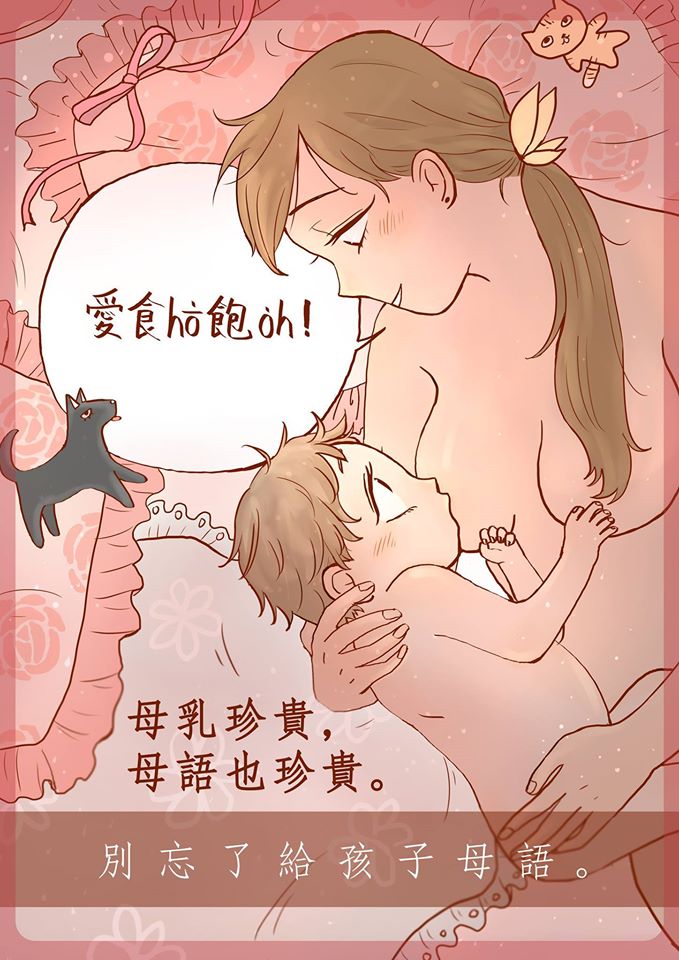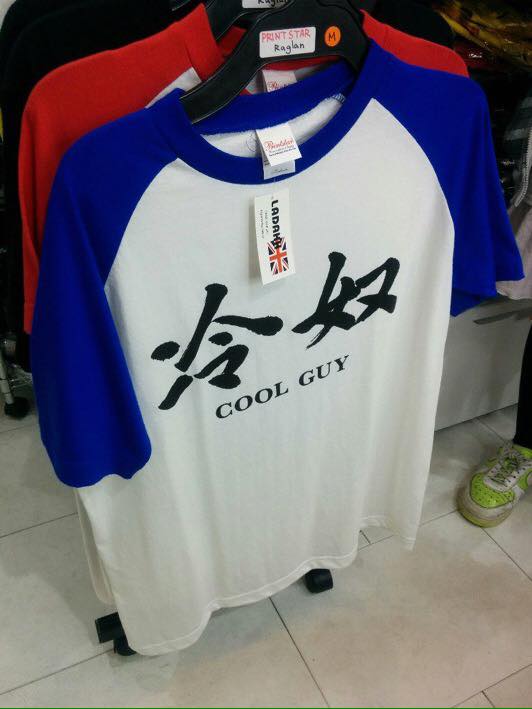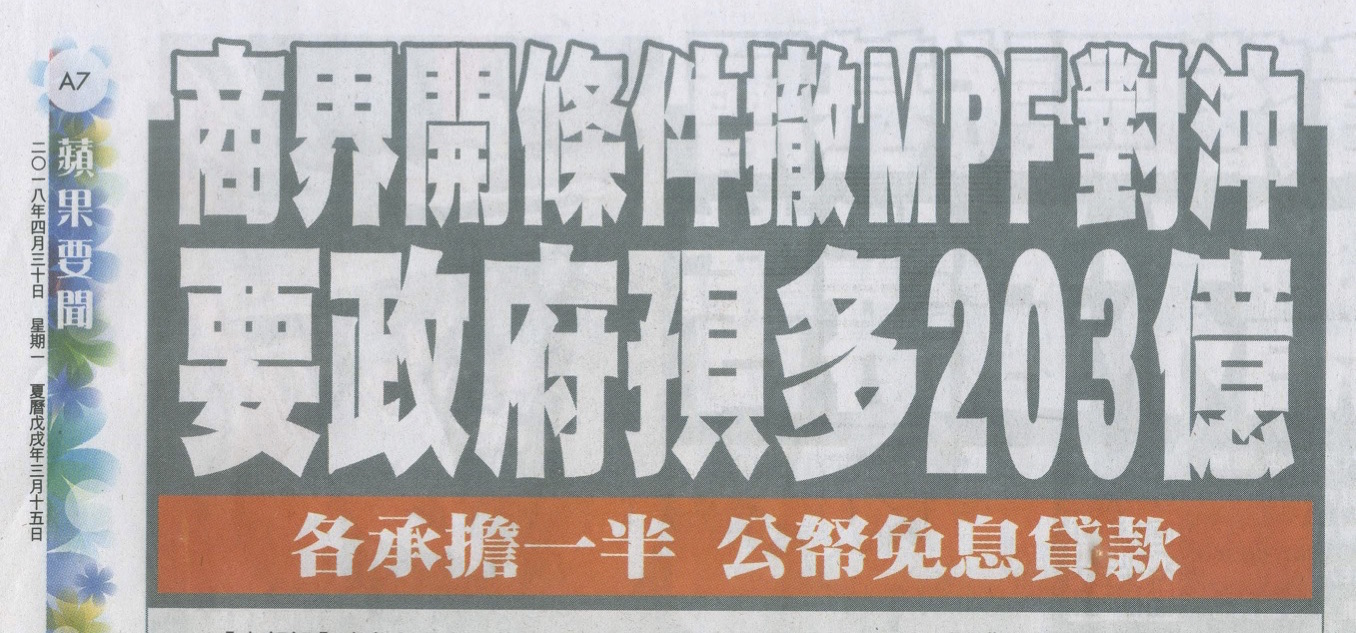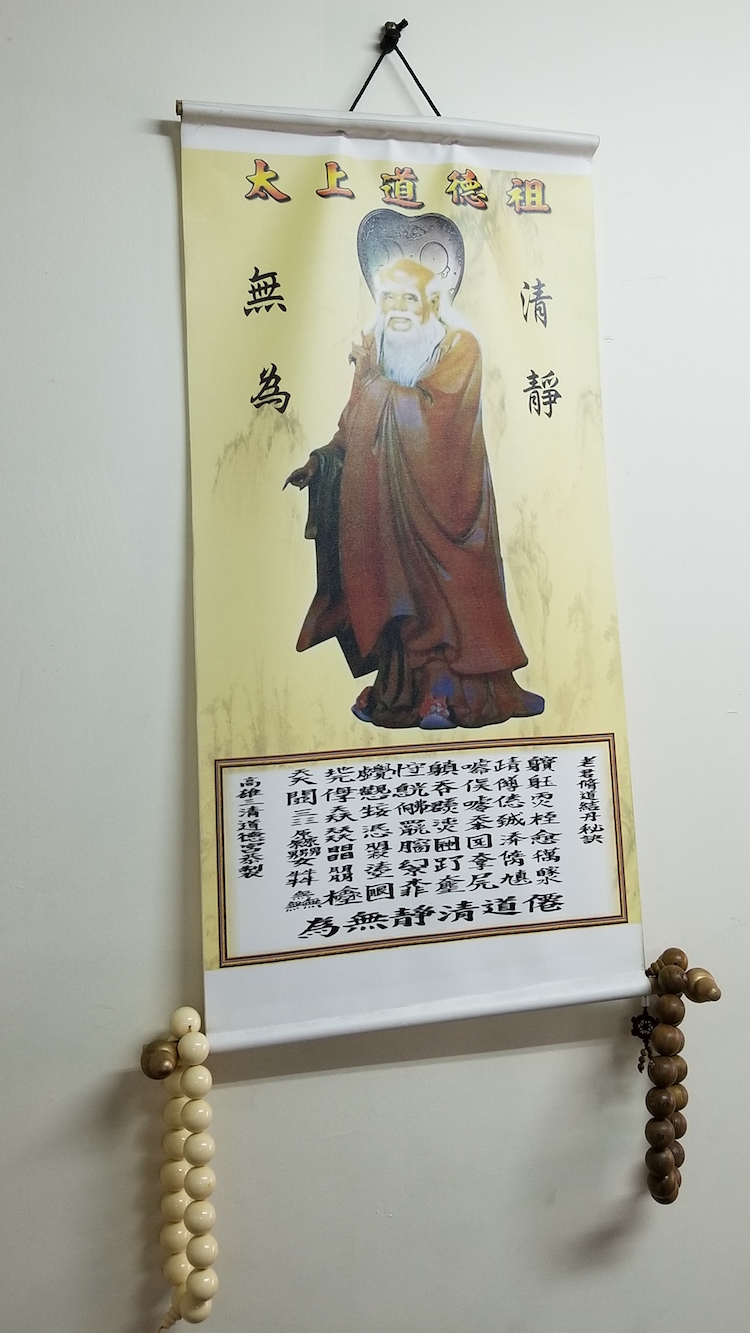Chinese characters in the 21st century
We've been having a vigorous debate on the nature of Sinograms: "Character crises". It started on June 15, but it is still going on quite actively in the comments section. A new reader of Language Log, a scholar of late medieval Chinese literature from Beijing was prompted by her reading of this lively discussion and other LL posts to which it led her to send in the following remarks:
Thanks to your blogs, I begin to be aware of some amusing aspects of Chinese languages, though I am still struggling with the terminology.
Read the rest of this entry »




